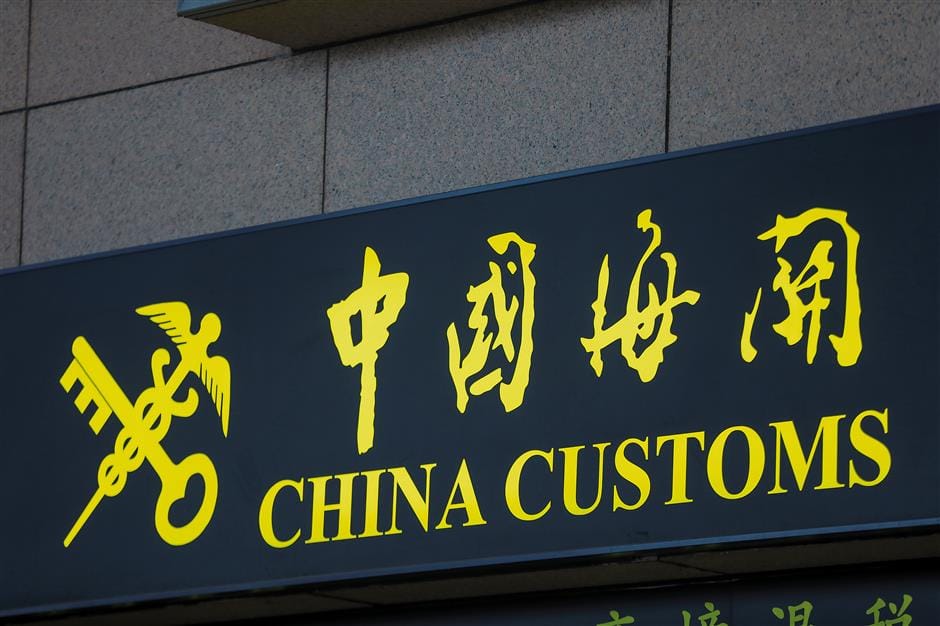
What is Export Customs Declaration? A Complete Guide for Smooth International Trade
Export customs declaration is a critical step in the international shipping process. It refers to the procedure where the exporter (or their agent) submits the necessary documents to customs, allowing them to review the shipment and authorize its export. Only after completing the customs declaration can goods legally depart from the country. In this blog, we will break down the entire export customs declaration process, share tips to ensure compliance, and explain why it’s important for the success of your international trade operations.
Step-by-Step Export Customs Declaration Process
- Prepare Customs Declaration Documents
The first step in the export customs process is gathering the essential documents. These serve as evidence and details of the goods being exported and are required by customs to assess the shipment. Key documents include:
- Commercial Invoice: This document should provide a detailed description of the goods, including their quantity, unit price, and total value. It serves as a primary basis for customs valuation.
- Packing List: This lists how the goods are packed (number of cartons, weight, volume per package, etc.) and helps customs verify the shipment during inspection.
- Customs Declaration Form: This is the core document in the process and must be filled out accurately. It includes information about the exporter, importer, product name, HS code, country of origin, and destination.
- Contract: This document confirms the trade relationship between the buyer and seller, detailing the terms and conditions of the sale.
- Power of Attorney (if using a customs broker): This grants authority to a third-party customs agent to act on behalf of the exporter and handle the declaration.
- Declaration Submission
Once the documents are prepared, they must be submitted to customs through the electronic customs platform. The information is reviewed, and customs may request amendments if discrepancies are found. It’s crucial to ensure the accuracy of every detail in the declaration to avoid delays.
- Customs Inspection
Based on a risk assessment, customs authorities may decide to inspect the goods. During this inspection, customs officers will verify that the actual shipment matches the declaration in terms of quantity, quality, specifications, and packaging. This step helps ensure that no illegal or prohibited goods are being exported.
- Tax and Duty Payment
Depending on the HS code of the goods, specific duties and taxes (such as VAT and import taxes) will be applied. The exporter’s responsibility is to pay the required fees. These taxes can vary depending on the product and the destination country’s regulations.
- Release of Goods
After successful review and tax payment, customs will release the goods for export. They will mark the customs declaration form and the shipping documents with an official “release” stamp, signifying that the goods are cleared for departure. At this point, the goods can be shipped to the destination port.
Tips for a Smooth Export Customs Process
- Accurate HS Code Classification: The Harmonized System (HS) code determines the applicable tax rates and regulatory requirements for goods. Incorrect classification can lead to discrepancies in duties or delays in clearance. Make sure the code is accurate and refers to the correct product category.
- Honest Declaration: Always declare your goods truthfully. False declarations can result in severe penalties, including fines and legal repercussions. Transparency is key in avoiding issues during customs clearance.
- Choose a Reliable Customs Broker: A professional customs broker can greatly streamline the process. Experienced brokers are familiar with the latest regulations and procedures, ensuring that your shipments move through customs quickly and efficiently.
Why is Export Customs Declaration Important?
Customs declaration ensures that goods are legally exported and comply with both domestic and international laws. Failing to meet customs requirements can lead to costly delays, fines, or even the seizure of goods. Furthermore, understanding the customs process helps exporters maintain a positive relationship with customs authorities and build a reputation for compliance.
Conclusion
Mastering the export customs declaration process is crucial for any business involved in international trade. It ensures smooth operations, minimizes the risk of delays, and avoids costly fines. By preparing the correct documentation, submitting an accurate declaration, and paying taxes promptly, exporters can ensure their goods are ready for international shipment without any hiccups.
Have you encountered any challenges with customs declarations in your export journey? Feel free to share your experience in the comments section below, and don’t forget to save or share this guide to help others navigate the complexities of export customs!
